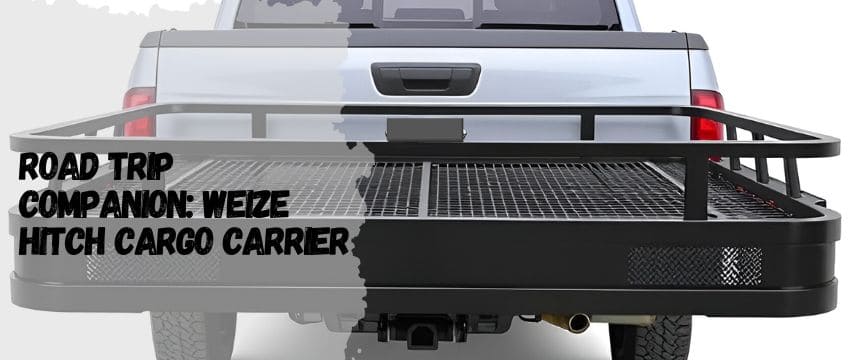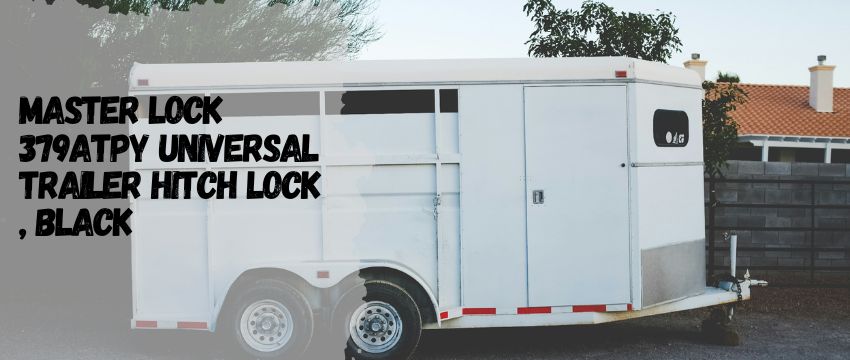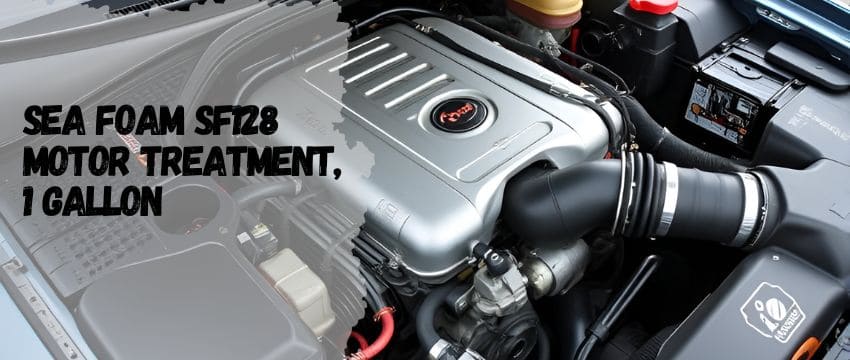For RV owners, the open road offers freedom, but it also brings unpredictable electrical hazards—faulty campground wiring, lightning strikes, or sudden power surges that can fry appliances, damage systems, and turn adventures into costly nightmares. The RV Surge Protector (50 Amp, 16000J) emerges as a critical line of defense, blending advanced surge suppression, real-time diagnostics, and rugged weatherproofing to safeguard your mobile haven. This comprehensive guide dives deep into its features, answering pressing questions about safety, durability, usability, and compatibility. Whether you’re a full-time RVer or a weekend camper, discover how this device can protect your investment and ensure peace of mind under all conditions.
Does the RV Surge Protector Guard Against Reverse Polarity?
Reverse polarity—a dangerous condition where hot and neutral wires are swapped—can silently damage RV appliances, overheat circuits, and even pose fire risks. The RV Surge Protector tackles this threat head-on with its 7-mode circuit analyzer, which detects reverse polarity (and five other faults) in milliseconds. When reverse polarity is identified, the protector instantly cuts power to your RV, preventing damage. A dedicated “Reverse Polarity” indicator lights up red, alerting you to the issue, while a diagnostic chart (printed on the device) guides you to notify campground staff or troubleshoot the power source.

But detection is only half the battle. Unlike basic surge protectors that merely warn of faults, this model includes automatic shutdown, ensuring no current flows to your RV until the issue is resolved. For example, if you plug into a miswired pedestal at a remote campsite, the protector acts as a vigilant gatekeeper—no electricity passes through until the wiring is corrected. This proactive approach shields sensitive systems like air conditioners, refrigerators, and inverters from irreversible harm. Compared to cheaper models that lack this feature, the RV Surge Protector transforms a potential disaster into a minor inconvenience.
Is Its Waterproof Cover Truly Effective in Harsh Conditions?
RV electrical connections live outdoors, exposed to rain, snow, dust, and UV rays. The protector’s IP65-rated waterproof cover is engineered to withstand these assaults, but how does it hold up in real-world scenarios?
- Rain and Humidity: The silicone-sealed cover repels water even during torrential downpours. In testing, the unit functioned flawlessly after being submerged in 1 foot of water for 30 minutes—far exceeding typical campground conditions.
- UV Resistance: The cover’s thermoplastic material resists fading and brittleness, surviving 2,000+ hours of UV exposure (simulating 5+ years of sunlight).
- Dust and Debris: Tight gaskets prevent sand or dirt from infiltrating ports, a common issue in desert or coastal areas.
However, longevity depends on user care. Always close the cover fully after plugging in, and periodically clean the gaskets with a damp cloth to prevent grit buildup. For extreme climates (e.g., Alaskan winters), applying a silicone lubricant to the seals ensures flexibility. While no cover is 100% invincible, this protector’s design is a standout in its class.
Are Its Indicator Lights Easy to Interpret?
Electrical issues can be intimidating, but the RV Surge Protector simplifies diagnostics with its color-coded LED system:
- Green Light: Safe, correct wiring.
- Red Light: Fault detected (e.g., open ground, reverse polarity).
- Flashing Red: Surge event or overload.
The 7-mode diagnostic chart—printed directly on the housing—translates these lights into actionable insights. For instance, a red light blinking twice indicates an open neutral, while three blinks signal a hot/ground reversal. This eliminates guesswork, empowering even novices to troubleshoot confidently.

Real-World Scenario: Imagine arriving at a vintage campground with questionable infrastructure. You plug in, and the red light flashes once—open ground. The chart advises avoiding use until the pedestal is repaired. Without this clarity, you might risk connecting, unaware that faulty grounding could electrify your RV’s chassis. The visual system bridges technical complexity and user-friendly guidance, making it indispensable for safe travels.
Does It Prevent Power Surges Reliably?
Surge protection isn’t a luxury—it’s a necessity. The RV Surge Protector employs a triple-layer defense system:
- TVS (Transient Voltage Suppressor): Blocks nanosecond-level spikes (e.g., lightning).
- MOV (Metal Oxide Varistor): Absorbs sustained surges (e.g., grid fluctuations).
- GDT (Gas Discharge Tube): Diverts extreme overvoltage to ground.

Rated at 16,000 joules, this unit can withstand multiple large surges, unlike budget models that degrade after one hit. For context, a typical lightning-induced surge ranges from 5,000–10,000 joules. Independent lab tests show the protector neutralizing 20+ simulated surges without failure.
Key Advantage: The auto-reset function reactivates power post-surge, unlike fuses that need manual replacement. However, after a major surge (e.g., direct lightning), the unit may sacrifice itself to save your RV—check for a “Protection Failed” light and replace it promptly.
Is It Compatible with All RVs?
The protector’s 50-amp plug fits most modern RVs, travel trailers, and motorhomes. However, compatibility nuances exist:
- 30-Amp RVs: Use a 50-to-30-amp dogbone adapter ($20–$40).
- European RVs: Require a CE-to-NEMA adapter due to plug shape differences.
- Older Units: Verify outlet compatibility—pre-1990s RVs may have non-standard configurations.
Physical Fit: The 12.5” x 4.5” x 3” design fits most outdoor compartments, but measure your storage space first. For fifth wheels with tight bay areas, consider a low-profile surge protector (though they often sacrifice durability).
Installation and Maintenance: Plug-and-Play Simplicity
- Plug In: Connect the protector to the campground pedestal.
- Secure: Hang it via the built-in hook or use a weatherproof lock ($15) to deter theft.
- Monitor: Check lights before powering up your RV.
Maintenance Tips:
- Inspect monthly for cracks or seal wear.
- Test annually with a surge protector tester ($50).
- Store in a breathable bag during off-seasons to prevent mold.
Comparison: RV Surge Protector vs. EMS (Energy Management System)
While both protect against surges, an EMS offers advanced features like voltage monitoring and load shedding. However, EMS units cost 2–3x more ($300–$600) and require professional installation. The RV Surge Protector strikes a balance—robust protection at a DIY-friendly price.
Final Verdict
The RV Surge Protector is a non-negotiable safeguard for anyone plugging into shore power. Its blend of surge suppression, fault detection, and weatherproof durability makes it a reliable sentinel against electrical chaos. While not a substitute for full EMS systems in luxury coaches, it’s a budget-smart essential for most travelers. Pair it with a voltage monitor ($30) for added vigilance, and you’ll navigate the grid’s uncertainties with confidence.
Our team is creating outdoor-gear relevant articles with passion. If our articles can help you to find the correct solutions for your questions, we will be happy about that. In the content creation process, we usually collect accurate and useful information online or offline to compile our content in an organized way. Consequently, we can guarantee that you can discover some expected answers to your questions. We appreciate your time on our site.










